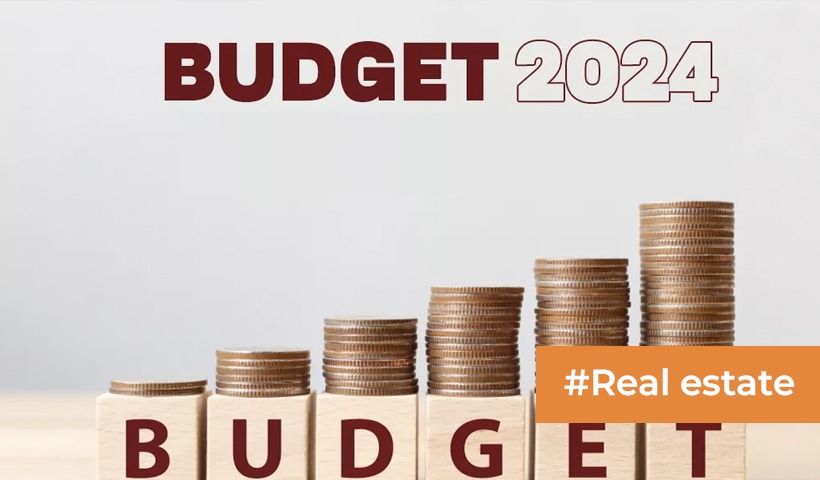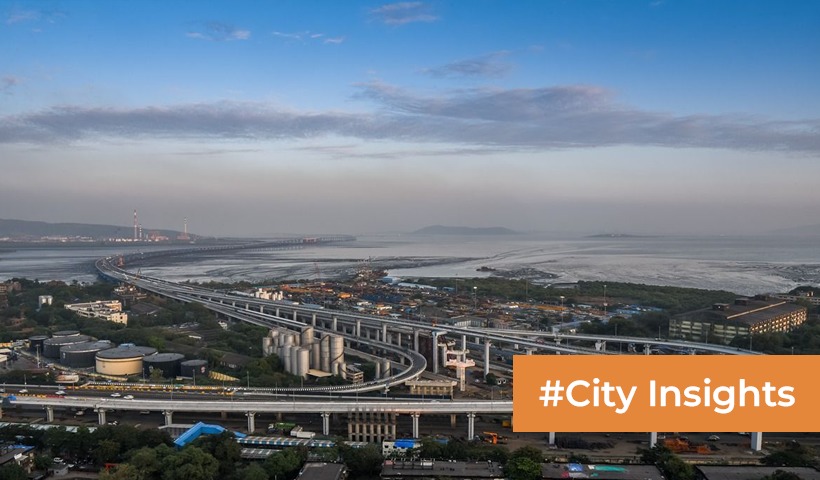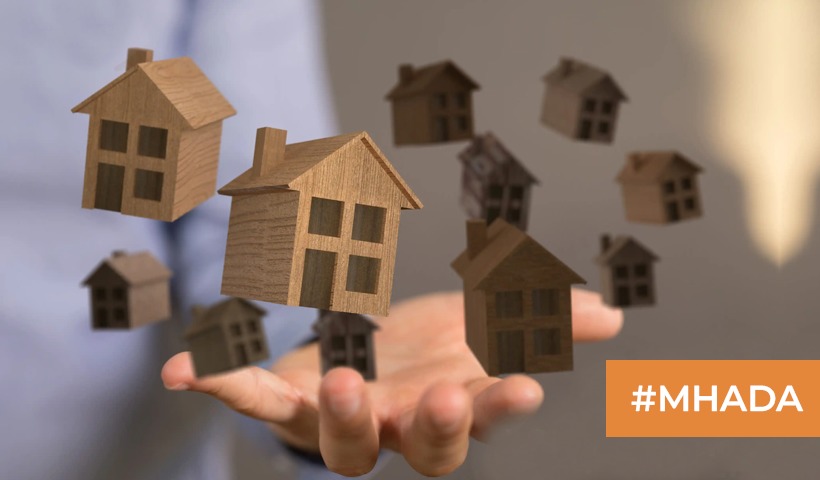Learn everything there is to know about External Development Charges.
If you intend to buy a home in a residential development, you must pay the Infrastructure and External Development Charges. These fees are required and may differ depending on the size of the flat. Continue reading to learn more about these fees and how they may affect the cost of your home purchase.
The sum paid by the developer to the municipal authority for the upkeep of civic amenities within the project is known as the External Development Charges (EDC). According to the Real Estate (Regulation and Development) Act (RERA), 2016, EDC is responsible for the development of roads, water and power supply, landscaping, drainage and sewage system maintenance, waste disposal, and any other work that is expected to benefit the project as a whole. While the city’s civic officials choose the costs, the customer bears the brunt of the burden because the expense is ultimately transmitted to them. Given the magnitude of the project, EDC often raises the project cost for homebuyers by around 15-20%.
What distinguishes EDC from Infrastructure Development Charges (IDC)?
Although EDC is charged to fund the development of facilities across the region, Infrastructure Development Charges (IDC) are collected by the government to fund significant infrastructure projects throughout the state. The monies will be used for socioeconomic development, including the construction of highways, bridges, and the city’s whole transportation infrastructure. Furthermore, EDC and IDC differ depending on geography and project kind. For example, in Gurgaon, Haryana, the costs for hyper, high, medium, and low-potential zones range.
What does the homebuyer pay?
Unlike IDC, EDC is determined by the size of the flat. However, the average homeowner must contribute 10% of the apartment’s basic price to EDC. EDC is charged on the land and the built-up area for a developer and is normally computed at the time of issuing development rights. For example, according to the most recent amendments to the recovery of external development charges from realtors in Gurgaon, 20% of EDC will be recovered when the change of land-use permit is issued, 40% when the building plan is approved, and the residual 40% before the occupancy certificate is issued.
How do you compute EDC for your project?
To calculate EDC, you must first understand your area’s Floor Area Ratio (FAR). To clarify, FAR is the proportion of a building’s total floor area to the total plot area on which it is built. If the FAR for an area is three and the entire area of the plot is 1,000 square feet, the maximum allowable size for building construction is 3,000 square feet (FAR Plot area). The EDC rate per square foot is now the relevant EDC rate per acre multiplied by the entire allowable area.
Whereas the Department of Town and Country Planning (DTCP) has chosen to adjust the methodology to allow for consistent computation of EDC, as a buyer, you should be aware of the current FAR and EDC rates in your region. Furthermore, employ RTI wherever possible.
Disclaimer: The views expressed above are for informational purposes only based on industry reports and related news stories. PropertyPistol does not guarantee the accuracy, completeness, or reliability of the information and shall not be held responsible for any action taken based on the published information.




